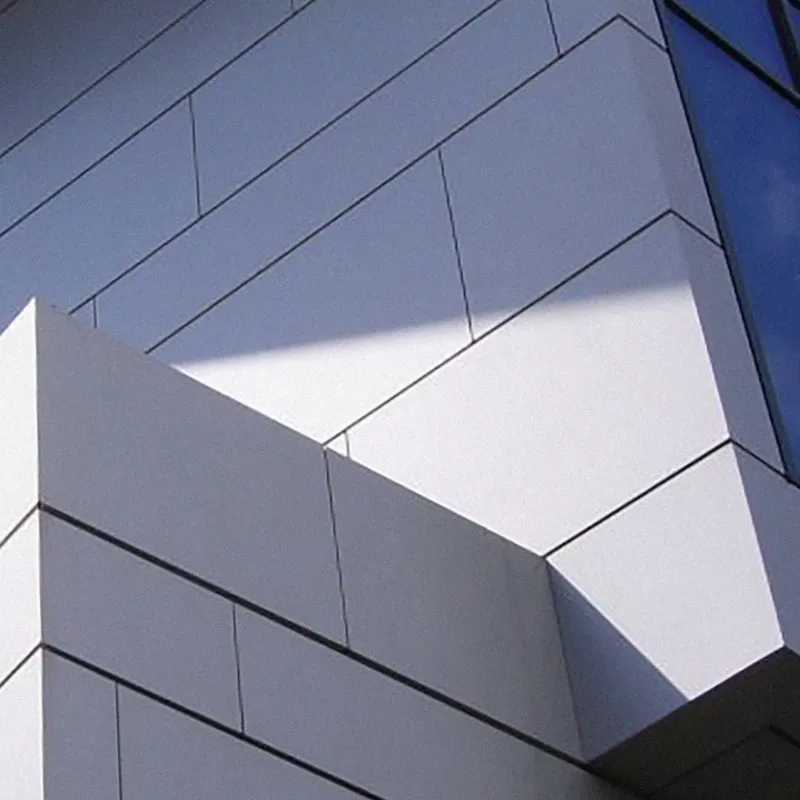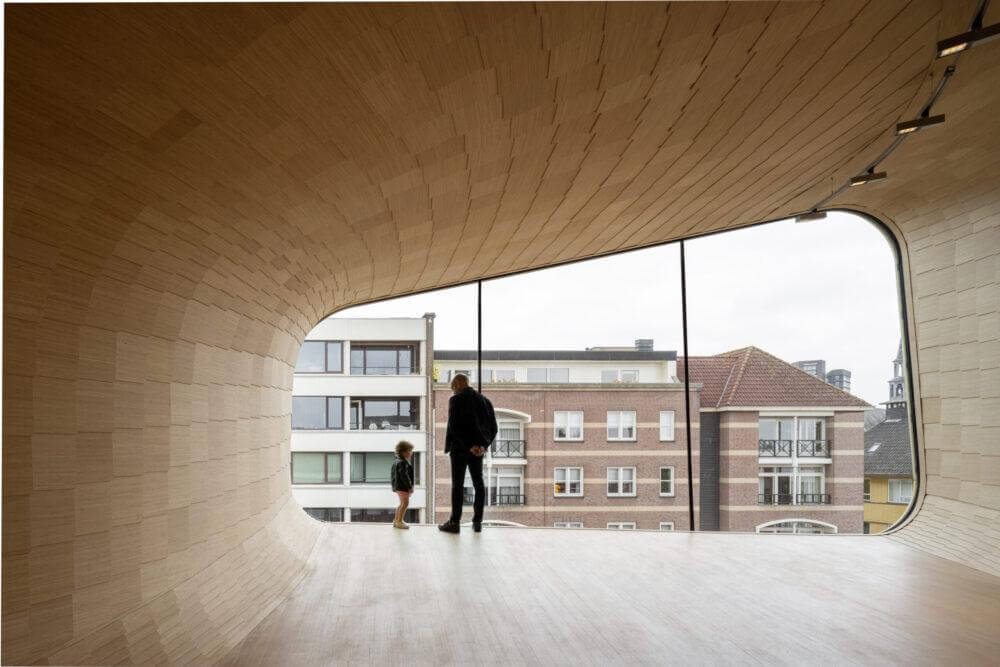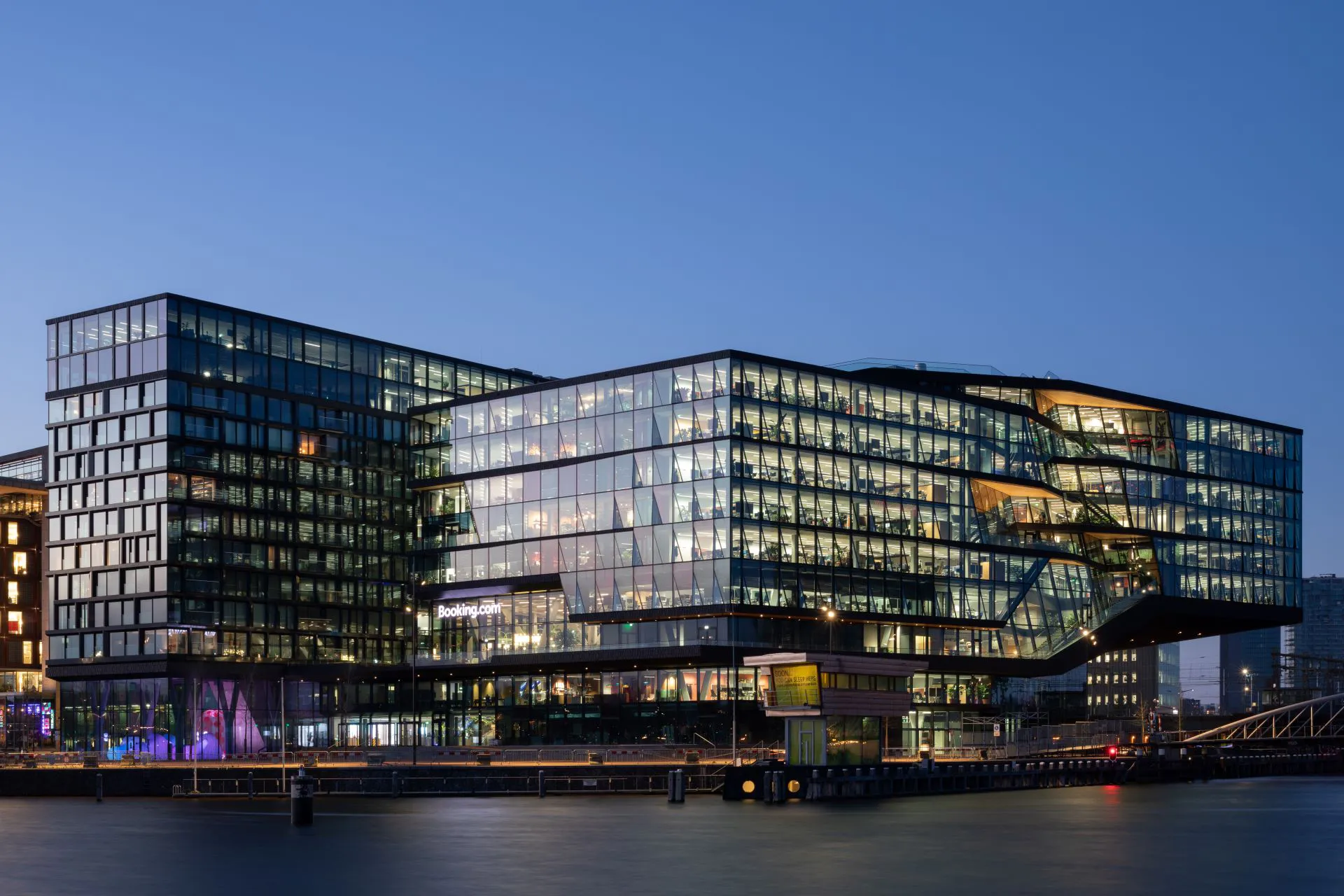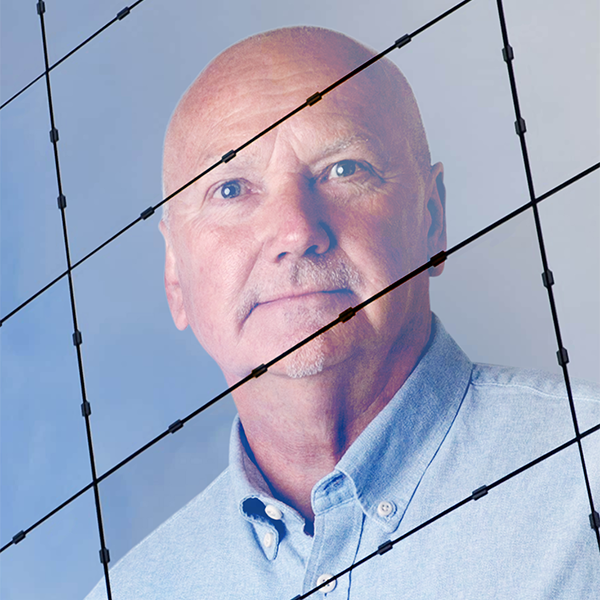
Excellent product quality
Step into the world of perfect surfaces at Sorba, where we pursue uncompromising perfection in facade cladding. Aluminium composite panels embody outstanding product quality with their unique construction. Consisting of two aluminium cover sheets coated with high-quality coatings in a continuous coil-coating process, they are then bonded to a mineral polymer core through a lamination process.
Safeguarded for decades
Aluminium composite panels are highly suitable for refined design in ventilated facades of both existing and new buildings, as well as for various interior applications. This facade material distinguishes itself by excellent properties such as flatness, formability, bending stiffness, and a multitude of colours. The unique colour coating ensures that the surfaces are protected against weathering and corrosion for many decades, and are extremely resistant to colour fading and pollution.

Questions or remarks
Is what you are looking for not among the options?
The selection above only offers a glimpse of the possibilities. If the desired material or surface treatment is not listed, please do not hesitate to contact us. We will be pleased to help you find the perfect materials for your project, as our expertise goes beyond what we are able to show you.
Together, we will find the perfect solution for your unique construction project needs.

